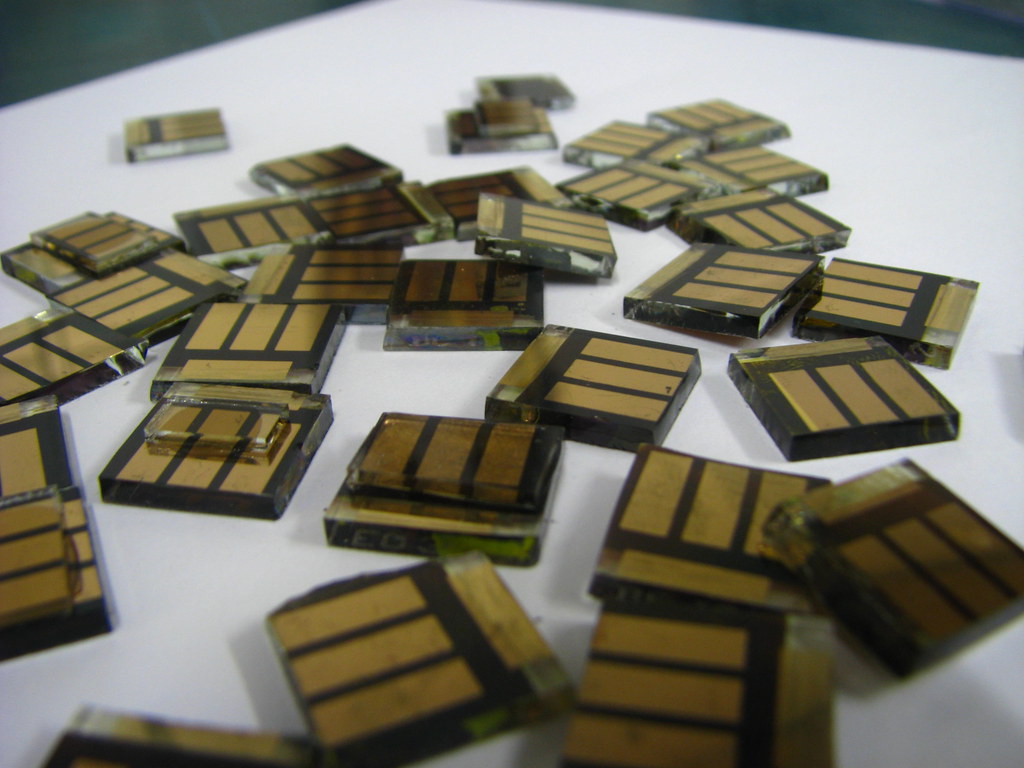Traditional solar cells, predominantly made from silicon, have long been the cornerstone of solar energy production. However, their inefficiency in harnessing sunlight, coupled with the resource-intensive processes of mining and purification, has prompted researchers to seek alternative materials. Enter perovskite.
The Helmholtz-Zentrum in Berlin in combination with the Faculty of Electrical Engineering at the University of Ljubljana has emerged as a focal point for groundbreaking research on a promising candidate. Perovskite, a crystal structure, which boasts impressive efficiency gains and ease of synthesis, has the potential to revolutionise the solar energy landscape.
The potential of solar energy
Solar energy holds immense potential as a clean, renewable source of power with transformative implications for our energy landscape.
Harnessing the vast energy emitted by the sun, solar technologies, such as photovoltaic cells and solar thermal systems, can generate electricity and heat without emitting greenhouse gases.
The sun provides an abundant and inexhaustible supply of energy, making solar power a sustainable solution to meet our growing energy demands.
However, the cost-effectiveness and efficiency of technology to date has been an issue regarding widespread roll-out of solar power initiatives.
The inefficiency of silicon solar cells
Conventional silicon solar cells exhibit a typical efficiency range of only 20 to 25 percent in capturing sunlight on a commercial scale. Beyond this limited efficiency, silicon extraction and purification processes demand energy-intensive procedures, reaching temperatures exceeding 1,000 degrees Celsius. This raises environmental concerns and poses challenges for large-scale, sustainable energy production.
The perovskite crystal structure presents a compelling alternative to silicon. Unlike silicon, it can be easily synthesised, eliminating the need for resource-intensive mining. This breakthrough material also boasts enhanced efficiency and can be applied to thin films, making it suitable for various applications, from smart home devices to rooftop installations.
Researchers are unlocking perovskite’s potential advantages
To comprehend the superiority of perovskite over silicon, researchers at the Helmholtz-Zentrum delve into its crystal structure. A versatile material, perovskite can be tailored by combining different elements or molecules. This flexibility allows for easy processing at close to room temperature, unlike silicon, making it more energy-efficient and abundant than traditional methods.
The fabrication process of perovskite solar cells involves techniques like spin coating, where a solution of perovskite is deposited and rapidly crystallised. Unlike silicon, perovskite solar cells can be directly printed onto surfaces, presenting a range of possibilities for large-scale production. Researchers aim to optimise these processes for commercial viability.
One of the most promising advancements is the development of tandem solar cells. These combine perovskite with silicon layers to better utilise the solar spectrum, with perovskite capturing visible wavelengths and silicon handling infrared light. This synergistic approach results in an overall efficiency increase of nearly 50 percent, a significant leap in converting sunlight into electrical energy.
Challenges and future prospects
While this technology holds immense potential, challenges such as stability issues and degradation must be addressed before widespread adoption. Firstly, on the one hand, perovskite structures are easily assembled at low temperatures, but on the other, they can also disintegrate easily. Maintaining the structural integrity of the perovskite material is crucial for long-term performance. Secondly, the movement of charges through the perovskite material during the solar cell operation can create defects, affecting the overall efficiency and stability of the cell.
Researchers are also exploring encapsulation methods to protect perovskite structures from external factors like moisture, heat, oxygen and UV light. Commercial entities like Qcells and Oxford PV are striving to overcome these challenges, aiming to bring perovskite solar modules with high efficiency and stability to the market.
Overall, the perovskite revolution in solar cell technology represents a promising leap towards more efficient, sustainable and accessible solar power. As researchers continue to tackle challenges and refine production processes, perovskite solar cells may soon redefine the landscape of renewable energy, offering a brighter and more sustainable future.
The post The Perovskite Revolution: A Breakthrough in Solar Cell Technology appeared first on Digital for Good | RESET.ORG.


